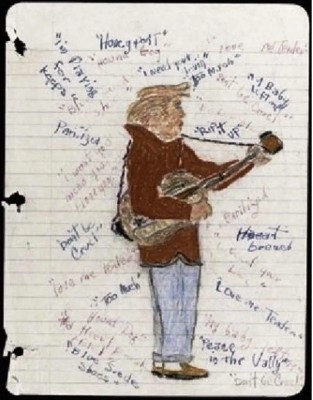Why Is It Called a “Phillips Head” Screwdriver?
Ever wondered why it's called a Phillips head screwdriver? This essential tool, designed for cross-shaped screws, stands out for its unique design and ease of use. Learn why different screw types exist, what makes the Phillips head special, and how it got its name.
Table of Contents
Why It’s Called a Phillips Head
The term "Phillips head" traces back to Henry Phillips, an inventor who played a crucial role in revolutionizing the fastener industry. In 1933, Phillips acquired the rights to a unique screw design from John Thompson. Unlike traditional screws with a single slot, Thompson's design featured a cross-slotted head that required a corresponding tool for turning. While this wasn’t entirely new—John Frearson had patented a similar cruciform screw in the late 1800s—Thompson’s version was a significant departure from the norm.
Thompson struggled to gain interest from manufacturers, who feared the deep indentation in the screw’s head could lead to production issues. Seeing potential in the design, Phillips made crucial adjustments, creating a shallower "cruciform recess" that was easier to mass-produce and use. He founded the Phillips Screw Company and eventually persuaded major manufacturers to adopt his design. Despite some challenges—such as losing royalty income due to international tensions after World War II—Phillips's improvements on Thompson's idea changed the world of tools forever.
Why the Phillips Head Is Superior
One of the key advantages of the Phillips head screw is its ability to be self-centering. Anyone who has used a flathead screw knows how difficult it can be to align the screwdriver with the screw's slot and apply the right amount of pressure without slipping. The Phillips head, with its cross-shaped design, automatically centers itself, reducing the chance of slippage.
This feature was particularly valuable as the world moved towards automated manufacturing, especially in the automotive industry. Phillips anticipated this trend and correctly predicted that a self-centering screw would be easier to use with power tools. General Motors was one of the first companies to adopt Phillips's screws, using them in the 1937 Cadillac. Soon after, the screw became widely available to the public.
Even for those using manual tools, the Phillips head offers a significant advantage. The snug fit between the screwdriver and the screw reduces the risk of the tool slipping and damaging the surface you’re working on, whether it's a kitchen cabinet or a bookshelf.
The Evolution of the Phillips Head
While the Phillips head screw was groundbreaking, it was not the end of the road for screw innovation. After Henry Phillips's patent expired in 1966, variations of the crosshead screw began to emerge. One such variant is the Japanese Industry Standard (JIS) screw, which provides an even tighter grip on the driving tool. This can be particularly useful for manual work. The JIS screw is identifiable by a small pinhole next to the crosshead.
In Canada, you might encounter the Robertson screw, another crosshead design but with a square notch instead. Other designs with deeper notches have also come into play, but the Phillips head's basic appeal—a secure, no-slip drive—remains.
It's likely that the Phillips head played a significant role in the rise of do-it-yourself home improvement projects. With a power driver and a Phillips screw, tasks can be completed more quickly and with less risk of damage than with a flathead screw.
So, the next time you find yourself effortlessly driving in a screw without scratching up your project, take a moment to appreciate Henry Phillips, the man who perfected John Thompson's design. After all, asking for a "Phillips-Thompson" screwdriver just doesn’t have the same ring to it.
Get Free Gifts & Best Stories!
Join our newsletter to get our top stories of the month and free merch.
- 📚 Cool Stories: Read stories you won’t find in textbooks.
- 🎁 Free Gifts: Get exclusive stickers, t-shirts, and more!
Only 1 email a month. No spam, we promise!

